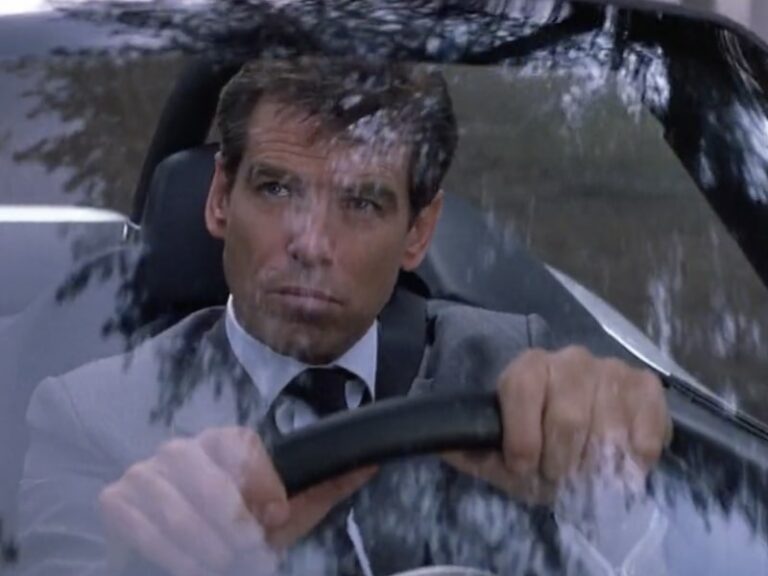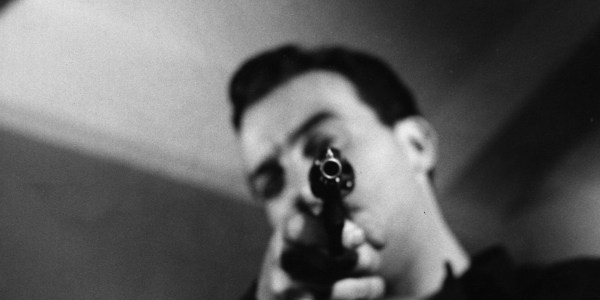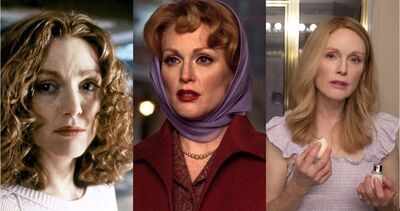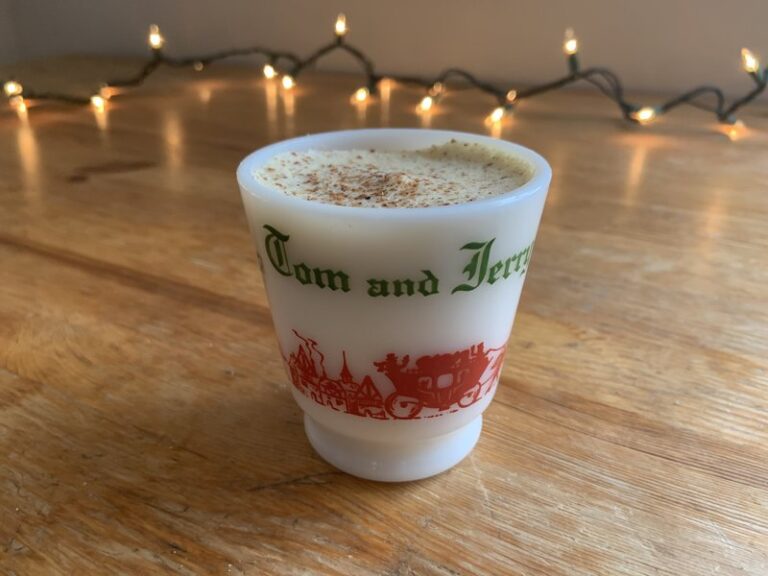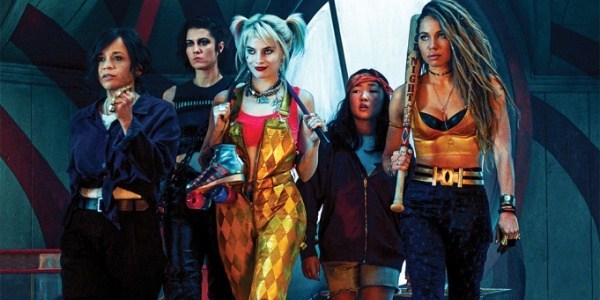The Evolution of Cannabis on Television
Cannabis isn’t the reefer madness your grandma made you believe! Welcome to Higher Education, a column that investigates – and destigmatizes – marijuana in movies and TV.
A decade ago, I wrote my college senior thesis on marijuana law reform. I thought that, when compared to alcohol and based on the proven medicinal benefits, that recreational legalization would be right around the corner. And in many ways, I was right. Within the last decade, our attitudes towards cannabis have completely changed. While it has been decriminalized or medicinally available in over forty states, it is now fully legal for recreational use in over one-fifth of the country. That’s a high number, especially as a war on drugs that disproportionately affects people of color continues to rage on.
But if you want an accurate barometer to track how cannabis acceptance and representation has changed over the last half-century, there’s no better place to look than television. During periods of more liberal acceptance, we saw positive representations of the plant. However, with the strong anti-drug campaigns of the 1980s, television began to be used to further warp the public perception of cannabis through hyperbolic, D.A.R.E.-esque sitcom episodes.
But now, when support for federal legalization of cannabis is at an all-time high, new television shows are beginning to undo much of the stigmatization around the plant. To get the full picture of how television came around on marijuana, we have to go all the way back to the 1960s.
1960 – 1980: The End of Reefer Madness
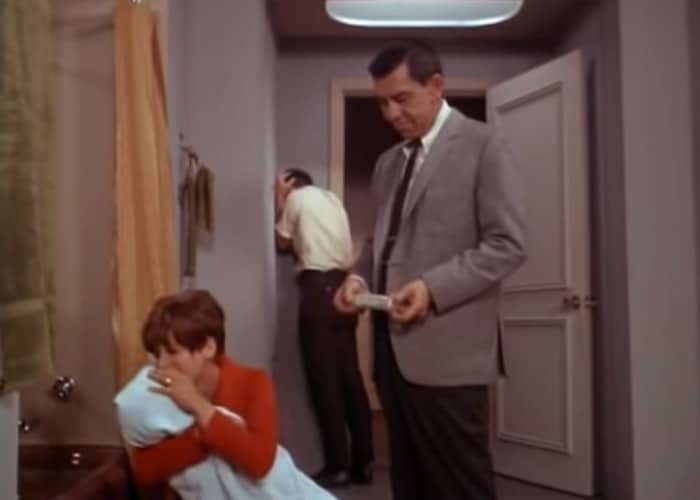
In 1967, when the revival of Dragnet was popular, cannabis really wasn’t on television aside from an innocuous storyline on The Andy Griffith Show. By that point, the best-known portrayals of marijuana were still from 1930s exploitation films like Reefer Madness and Assassin of Youth, and that is reflected in the Dragnet episode “The Big High.” Detective Joe Friday (Jack Webb) is called to the home of a young married couple on the suspicion they are putting their young toddler in harm’s way by holding “marijuana parties.”
What I found most surprising is that when Friday interrogates the couple, they push back on the assertion that marijuana is a gateway drug and remind him that it’s no more harmful than liquor, arguments you’ll still hear made in good faith today. Unsurprisingly, the episode depicts the effects of marijuana to be more like heroin, turning the couple into hopeless addicts, nodding so hard they don’t realize their child is drowning in the bathtub. For being two years shy of the progressive portrayal of marijuana we’d see in the hugely successful movie Easy Rider, Dragnet’s take on reefer is as old-fashioned as they come.
Less than a decade later, the perception of marijuana would start to shift on television, even with Richard Nixon declaring a war on drugs in 1972. Norman Lear’s Sanford and Son and the cop comedy Barney Miller both featured marijuana-focused episodes that at least helped break away from the baby-killing stigma that Reefer Madness had induced. In the respective episodes “Fred’s Treasure Garden” and “Hash,” cannabis acts a lot more like how you expect it to. Characters may become a little forgetful, but they also become a little kinder, with both episodes reflecting marijuana’s universal truth: you will get the munchies. You can correlate these sweeter portrayals to the real drug policy reformation happening at the time, as throughout the 1970s both Los Angeles and New York — respectively where these shows are set — decriminalized marijuana.
1980 – 2000: The D.A.R.Era
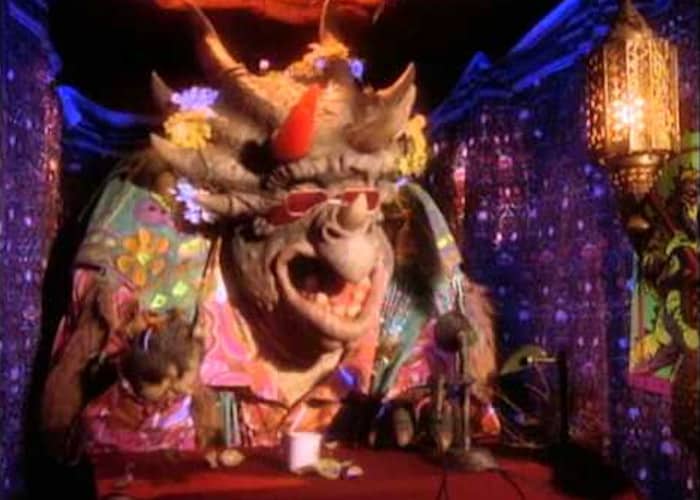
By the start of the 1980s, cannabis was portrayed as being mostly harmless, especially through the emergence of the innocent stoner archetypes, like Cheech and Chong. But the coming decade was all set to undo that positive change. Under Ronald Reagan’s administration, the Comprehensive Crime Control Act of 1984 was passed, expanding the illegality of cannabis possession and enforcing harsher punishments for convictions. That law, along with the establishment of the Office of National Drug Control Policy, Nancy Reagan’s “Just Say No” campaign, and the oft-spoofed “This Is Your Brain on Drugs” commercials would help ignite a wave of anti-drug sitcom episodes throughout the ‘80s and ‘90s.
These episodes essentially amounted to half-hour public service announcements, as when the titular character of Punky Brewster pushed back on middle school joints by just saying no, or when Saved by the Bell taught us that there’s “no hope with dope.” Home Improvement even reminded us that an alcoholic is obviously better than a pothead and if you smoke a laced joint, it’s definitely the marijuana’s fault and not the methamphetamines.
What I find most surprising about this D.A.R.E.-influenced era is how these anti-drug messages were targeted not just to teens but also young children, like with the 1990 special Cartoon All-Stars to the Rescue! With an introduction by President George H.W. Bush and First Lady Barbara Bush, the special is about a young boy tormented by the spirit of addiction (voiced by George C. Scott!). The kid gets help from a motley assortment of popular cartoon characters including Bugs Bunny, Winnie the Pooh, the Teenage Mutant Ninja Turtles, Garfield, ALF, Slimer from The Real Ghostbusters, and so many others.
While we never see the boy actually smoke the joints he hides under his bed, he does manage to steal his sister’s piggy bank and get violent when she tries to take his stash. But it’s all fine in the end when they learn — with the help of an original song by Academy Award winners Alan Menken and Howard Ashman! — all the different ways they can say no to drugs!
While panic over pot was most prevalent in this period, that’s not to say some sitcoms didn’t take a slyer approach to their anti-drug episodes. Just look at Roseanne, in which the title character excoriates David (Johnny Galecki) after discovering a bag of weed in his room. When she tells her husband, Dan (John Goodman), he smiles knowingly, realizing that the stash is actually their own from years before when they didn’t want to face the reality of getting older. Naturally, they look to recapture their youth and light up a joint, only to realize twenty-year-old grass can cause a less-than-stellar high.
Even the puppet sitcom Dinosaurs got in on the fun by coyly lampooning reefer madness with “The New Leaf.” In the episode, son Robbie Sinclair discovers a new plant that makes him unbelievably happy. Naturally, he shares it with his father Earl and sister Charlene, hooking them on the happy leaf. Before they know it, they become so jacked up on happiness that they shirk all responsibility, growing more dependent on maintaining that high. As their supply runs low, they eventually hit rock bottom and mother Fran takes Baby Sinclair and leaves the rest of the family to sort their own shit out.
If you think that is a little over the top, it’s on purpose. At the episode’s end, the dinosaur cast breaks the fourth wall and drops into a meta PSA about how you should say no to drugs, just so TV shows like their own will stop having to make these heavy-handed, preachy anti-drug episodes. It’s as funny as it is unexpected, and feels like the writer’s way of saying, “We think this is ridiculous, too.”
As the younger, hipper presidency of Bill Clinton – who admitted to experimenting with (but not inhaling!) marijuana – shaped the late ’90s, television writers would begin softening their portrayals of cannabis, bringing it back to its stoner comedy roots in That ’70s Show. And as we moved into the new millennium, television would start course-correcting much of the stigma it placed on cannabis over the previous two decades.
2000-2020: The Emerald Age of TV
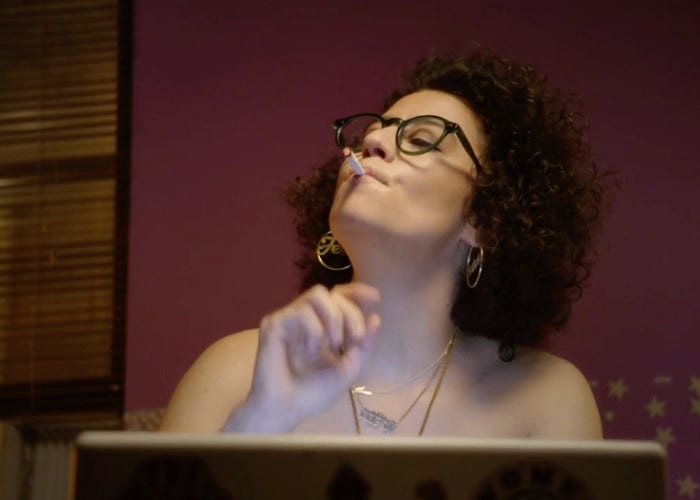
But in 2001, we weren’t there just yet. Sure, South Park introduced a fun cannabis mascot with Towelie, but he didn’t help win any new advocates for medicinal and recreational legalization. Arguably, neither did Weeds. Not to say that the saga of Nancy Botwin (Mary-Louise Parker) creating a suburban marijuana empire from the ground up wasn’t first-rate entertainment, but it did continue to focus on the criminality of cannabis – especially in later seasons – without really attempting to reckon with the negative stereotypes the show portrayed.
While Weeds took a pre-Breaking Bad approach to marijuana, by the end of the 2000’s cannabis on television would begin shifting to how it’s viewed today. I’m not expressly saying that the presidential election of Barack Obama – who was very open about his marijuana usage in college – helped usher in a new age of cannabis representation, like Jonathan Ames’ stoner noir Bored to Death or the odd couple canna-comedy of Broad City, but it didn’t hurt that for once the government seemed to be on the progressive side of future marijuana law reform.
This new face of cannabis on TV is perhaps best exemplified by HBO’s High Maintenance (originally on Vimeo On Demand). The show follows a weed delivery man, just referred to as The Guy, as he makes deliveries across present-day Brooklyn and Manhattan. What sets High Maintenance apart from practically every other representation of marijuana is that it expressly does not focus on smoking pot. Rather, it’s more interested in the idiosyncratic personalities and relationships that The Guy builds as he becomes a kind of weed dealing therapist to his clientele. This isn’t a stoner comedy that glorifies getting high while going for cheap laughs, but rather an intellectual anthology show that normalizes cannabis by looking at the myriad reasons why modern adults choose to consume it.
But as cannabis inches closer and closer to federal legalization, where does that leave a character like The Guy who depends on the black market? Does he go legit, getting a job at a dispensary, continuing to help people? Luckily legalization efforts, like those in New York, come with licensing statutes that favor small companies over large corporations so those like The Guy won’t be out of business. But with legalization now not a matter of if, but when, what does that mean for the stoner genre in general? So many movies and television shows that revolve around marijuana have been tethered to the plant’s illegality. By removing that crux of the narrative, though, it may end up breathing fresh life into the genre, ushering in a whole new age of stoner entertainment.
As you can see with shows like High Maintenance, television is already adapting to the changing public perception of marijuana in the United States. And with these new shows focusing more on the positive impact of cannabis, modern television will be able to actively destigmatize this incredible plant they helped demonize for decades.
